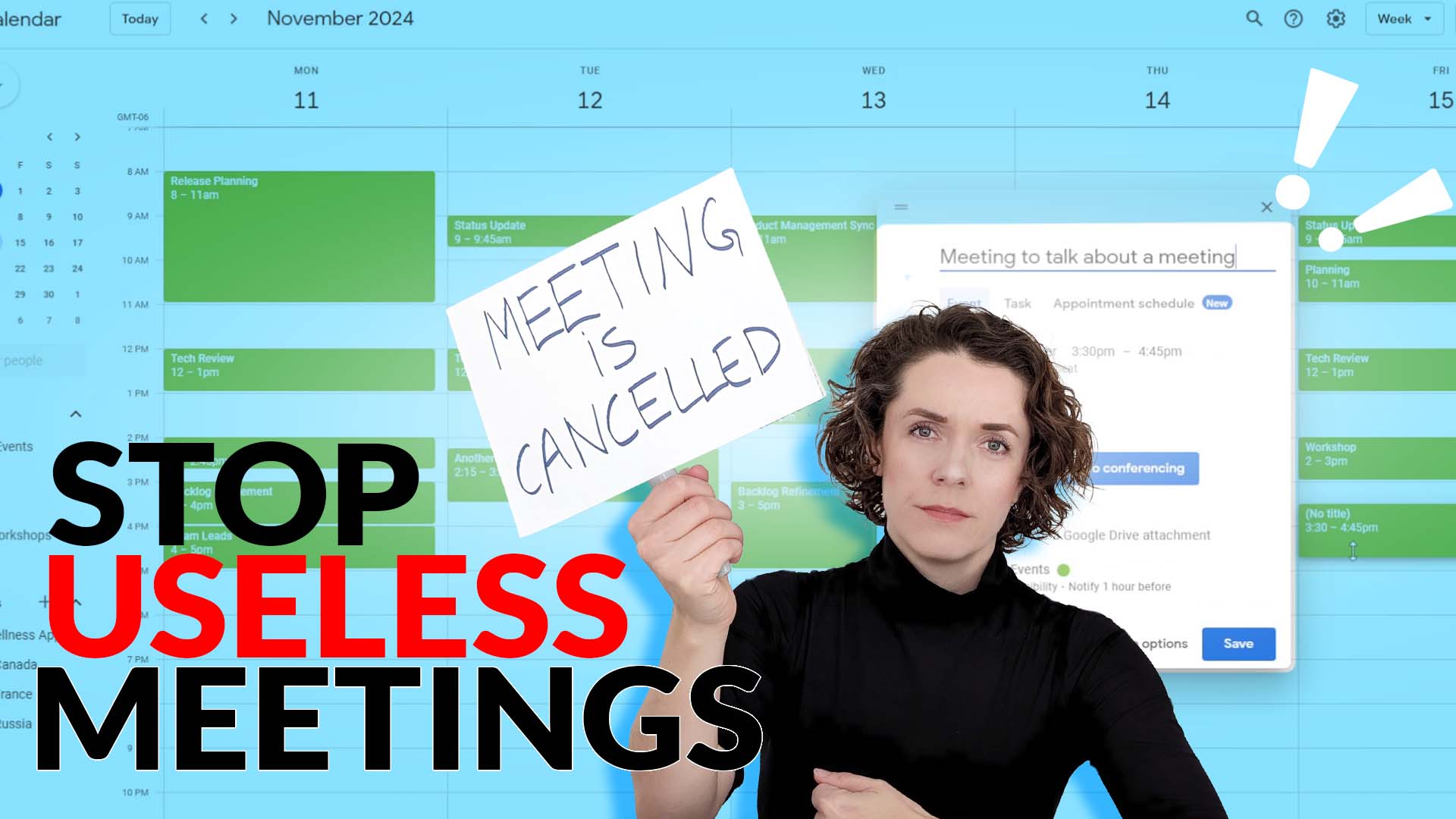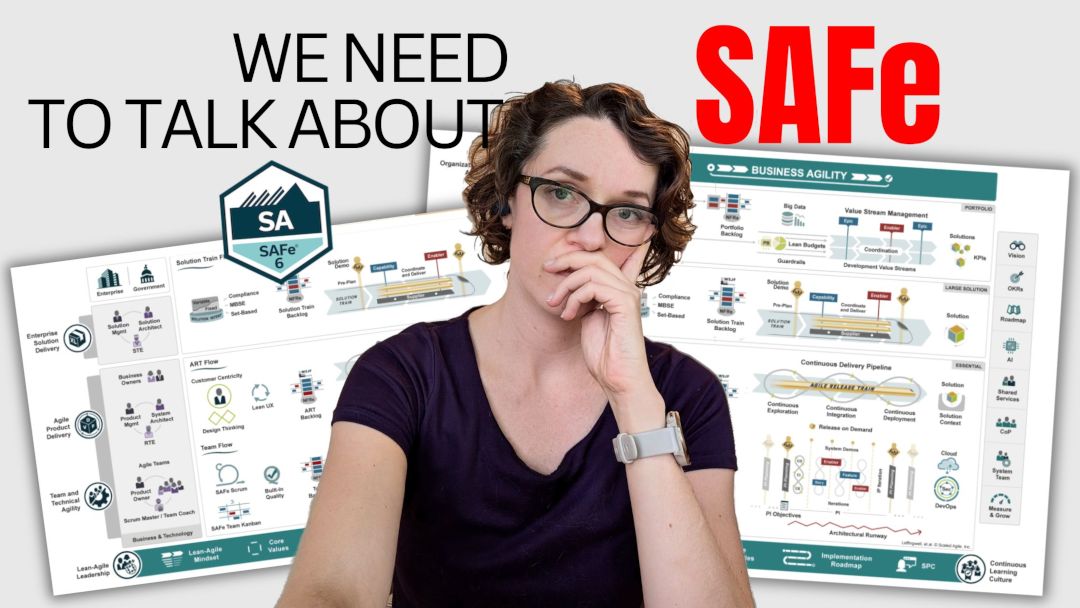A lot had happened in 2019 like the Retrospective Poker becoming a standalone product and ScrumMastered growing to be a registered company. And, of course, one of the bigger end-of-year achievements was obtaining my Professional Scrum Trainer license with Scrum.org. Because it was such a long journey to get there that many of you wanted to hear more about, in this post I will share how I got here and why I chose this path.
It all started two years ago. Yes, it actually took that long. Now if you really think about it, two years is not that long to get to this level of recognition in the industry.
Looking for Professional Scrum Master training to help you prepare and reach your next career goal?
Check out public Professional Scrum training sessions I will be facilitating in upcoming months. Scrum.org provides the highest quality Scrum training, training materials and certified Professional Scrum Trainers (PSTs) to teach them. It is one of the best ways to learn and prepare for your exams.
Start with “Why”
My Reasons to Become a Scrum Trainer
Scrum (and Agile in general) teaches us to focus on the customer, on their needs and wants, understand why we are building something. Because if you don’t have a compelling enough reason to work on something, you’ll lose all your motivation along the way and most likely will get off the track. Especially, if your journey takes 2 years!
That’s why, for me, the reason to become a Professional Scrum Trainer (PST) was pretty strong.
It was not just another certification. It was not just a way to earn some extra money. It was not just to show off my badge at conferences.
Those are all the wrong reasons.
The right reasons
Over the years of playing the Scrum Master role, I realized that I truly believe in this new way of working and I’m passionate about spreading the knowledge and experience. The way we used to work no longer motivates people, even worse, companies tend to demotivate and drain the most enthusiastic and self-motivated employees they have. I see Scrum as one of the ways to help organizations change that.
So the very first reason to go for PST for me was to reach more people to share the knowledge of Scrum. The more people I can teach, the bigger are the chances for wider and long-lasting change in our workplaces.
Teaching, coaching and mentoring has become an important and enjoyable part of my daily work. It is not only fulfilling, but it also opens up plenty of opportunities for creativity. That’s why it was only logical for me to go down this path. We can call it “reason number two”.
And at the same time, Scrum.org community of trainers is actually a community. A great place to share and learn from others. Trainers work as a team (not a family) by supporting each other, giving each other opportunities to grow and contributing to the common goals (such as the Scrum.org forums and blogs). It is not about competing to win a certain market but finding ways to collaborate. This was, of course, an important reason to become a PST – a community that supports the values of Scrum leading by example.
A journey of a thousand miles begins with a single step
The Steps to Become a Scrum Trainer
The process of becoming a PST is quite long and has many steps. As I said before, the community of trainers has very strong values, and to keep them that way the selection process includes many different levels.
The first failure on my journey was the test of experience. When I initially applied, I tried to jump too high. My application was obviously not strong enough, and I’m pretty sure I did not spend enough time even writing it out properly.
I did set me back by a year, but it was a huge learning experience for me – I knew I needed to build up my training and coaching experience before I apply again. I gave myself a year to do it.
With a clear goal in mind, I was able to focus on what’s important and get the experience I needed. Fast forward a year and I have applied again and passed the first assessment round. Yay!
Starting the journey
The next step was a short interview. It was the first test of Scrum knowledge on the path to PST (apart from PSM I exam that I passed 5 years prior to that, luckily at the acceptable 95% level). I knew I would need to talk about Scrum in a nutshell.
I remember reciting my “Scrum in 5 minutes” speech after a meeting at work just before leaving for the day. I was so focused that my colleagues thought I was getting ready for an exam. And it did feel like an exam.
The interview went quite well, though it was extremely stressful and required preparation. Looking back, I know now that it was the easier step of the journey. Maybe even the easiest.
A full day of teaching
The next step was attending a Train the Trainer event. It is a special event for trainer candidates where we attend a regular PSM I class and then stay for the third day. Not to mention the fact that I got sick exactly for the three days I was there. This was a test not only my skills, but also my endurance. I survived.
It was a tough third day. As trainer candidates, we participated in a variety of exercises for the whole day. Some of them we prepared in advance, but many required quick thinking and impromptu replies. And a ton of feedback from your peers. Receiving feedback is a great way to improve, but it is also quite hard to accept so much feedback in such a short time and then act on it.
We spent a full day actively teaching, presenting and facilitating. As a third day after a training it was challenging to keep my energy up.
It wasn’t the hardest step for me though. Don’t worry, I’m getting there – only a handful of steps left…
The hardest exam I ever had to pass
Obviously, the next steps were passing the PSM II and PSM III exams. While PSM II was fairly easy for me, I passed it even before I applied the second time, the PSM III required much more preparation time. It is the kind of exam that really tests your profound understanding of Scrum. I have written a separate blog post about how to prepare for the Professional Scrum Master exams recently.
In only 2 attempts I was able to obtain the required 95% on my PSM III assessment and I was ready to move forward. My next small assignment was to prepare a 5-minute video on the topic “What metrics help assess the success of Scrum?”. I think it made a lot of sense for me to revisit this topic as this is something that I presented during the Train the Trainer event. I clearly missed some important points back then so it was a good way to get back at it. And it was a great opportunity for me to provide some additional content for my subscribers.
The hardest step of the whole process
Phew… That’s a long list of steps. But wait, there’s more! Now we are getting to the hardest, most challenging, pushing-the-limits step of the PST journey (at least for me).
The online panel interview.
It was a very stressful experience, mostly because you don’t know how to prepare for it, what to expect, what are the acceptance criteria. I failed it.
You try to stay calm, but it’s a hard thing to do when four other trainers are looking at you and asking you some very tough questions – very real-life questions they have heard as trainers. So when you hear those questions and imagine being a trainer in the class, you realize how tough it can be to actually teach – how can you keep up your confidence, answer the question in less than a minute and not create more confusion for your students?
All the things I knew before I joined the call disappear the second I heard “Hello” on the other side of the line.
In reality, it was the make-it-or-break-it step for me, and having failed it the first time has definitely had its toll on my confidence in the whole process. Even though only maybe half of the candidates pass it first try (unconfirmed rumours I heard :)).
By remembering my “Why”, I was able to get back on track and try it again two months later. It was a different setup at that time. With some prepared training material on relative estimation, I felt more like a teacher in a classroom and was less stressed (still stressed, though).
And that was the last step. The most challenging, and I guess, the most rewarding.
In review
On my way to becoming a Professional Scrum Trainer I have failed three times. Thanks to that I was able to learn and grow my knowledge and understanding of Scrum. It required resilience, patience and openness to inspect and adapt my own ways of approaching the challenges along the way.
As the new year starts, it is an opportunity to review your goals, set expectations and clarify your “why”. I encourage you to reflect on the last year and look ahead into the upcoming year. Dedicate the month of January for planning, and I will be sharing some useful tips along the way – subscribe to the newsletter to stay tuned.
Are you on a long journey to an inspiring achievement yourself? Have you completed a challenging goal last year?
Share in the comments below.



